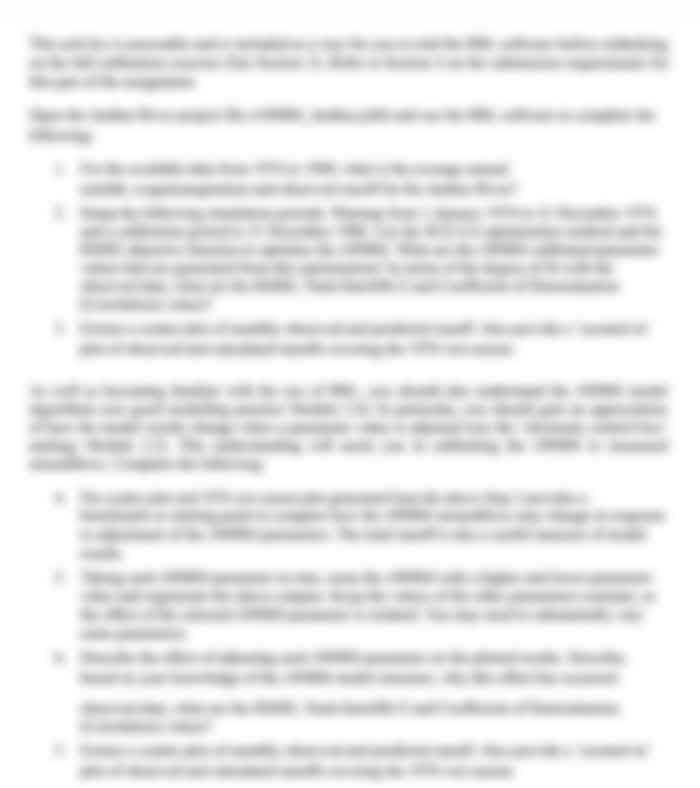Apply legal and ethical parameters to nursing practice HLTENN041
- Subject Code :
HLTENN041
- University :
RMIT University Exam Question Bank is not sponsored or endorsed by this college or university.
- Country :
Australia
STUDENT KNOWLEDGE ASSESSMENT TASK
Task Number |
1 of 3 |
Task Name |
Knowledge Assessment |
National unit/s code |
HLTENN041 |
National unit/s title |
Apply legal and ethical parameters to nursing practice |
National qualification code |
HLT54121 |
National qualification title |
Diploma of Nursing |
RMIT program code |
C5417 |
RMIT course code |
NURS5420C |
Section A - Assessment Information
Duration and/or due date: |
Due Week . Refer to Canvas for exact date. |
|
Task Instructions |
||
Summary and Purpose of Assessment This short-answer assessment task is one of three assessment tasks you need to complete satisfactorily, in order to be deemed competent for this unit. This assessment task allows you to demonstrate the knowledge required to work within legal and ethical parameters in professional nursing practice, including supporting rights and meeting duty of care requirements. Assessment Instructions What You must satisfactorily respond to all the 22 short answer questions You should answer all questions in the spaces provided, using full sentences, word count and dot points where requested All work must be your own
Where This is an online assessment task which can be accessed via CANVAS. How All 22 questions must be answered correctly for you to be assessed as satisfactory for this assessment task. |
||
Conditions for assessment |
||
You must complete the task within the maximum allowed duration This is an individual task that you must complete with minimal support from others (allowed support would be questions related to the location of equipment needed) Please make arrangements with your assessor at least one week prior to the assessment due date if you feel you require special allowance or allowable adjustment to this task If completing as a word version please ensure your full and correct name is written on the student version of this assessment task (do not use nicknames or abbreviations) You will be assessed as satisfactory or not satisfactory You can appeal the assessment decision according to RMIT Assessment Processes |
||
Instructions on submitting Knowledge Assessment |
||
Please submit your responses in CANVAS. |
||
Equipment/resources students must supply: |
Equipment/resources to be provided by RTO or the workplace: |
|
Computer and internet access |
Access to CANVAS |
|
Section B Marking Guide
Q1: What is the role of the Nursing and Midwifery Board of Australia? List five (5) of their key responsibilities. |
|
|
|
Q2: List and explain 3 common types of torts that can occur in enrolled nursing practise. |
|
Q3: What are a nurses obligations for mandatory reporting of child abuse under the Victorian Legislative requirement? |
|
Q4: What are the objectives of the Equal Opportunity Act 2010-Victoria? |
|
|
|
Q5: Briefly describe the purpose of the International Council of Nurses (ICN) code of ethics for nurses 2012. (50-100 words) |
|
Q6: List the 4 fundamental responsibilities of nurses under the preamble of the ICN code of ethics for nurses 2012. |
|
Q 7: List the 3 domains of the Enrolled Nurses Standards for Practice and list the corresponding standards under each domain. |
|
|
|
Q 8: What is the purpose of the Nursing and Midwifery Board of Australias (NMBA) policy on Continuing Professional Development (CPD) for nurses? |
|
Q 9: List 4 examples of Continuing Professional Development (CPD) for nurses. |
|
|
|
Q 10: What is the NMBAs policy on professional indemnity insurance for enrolled nurses? |
|
|
|
Q 11: What are the NMBA recommended social media guidelines for registered health professionals ? |
|
|
|
Q 12: What is the purpose of the National Safety and Quality Health Service (NSQHS) Standards? |
|
|
|
Q 13: What are the NMBAs nursing practise guidelines for the following areas? |
|
a. Enrolled nurse competency standards of practise |
|
B) Professional boundaries |
|
C) Professional practice guidelines |
|
D) Decision-making framework (DMF) |
|
E) Recency of practice |
|
Q14: Define the following terms. |
|
A) Civil Law |
. |
B) Defendant |
|
C) Plaintiff |
|
D) Harassment |
|
E) Expert witness |
|
F) Coronial inquests |
|
G) Functions of the coroner |
|
H) Doctrine of Precedent |
|
I) Constitutional Law |
|
J) Statute Law |
|
K) Common Law |
|
L) Clinical Incapacity |
|
M) Ethics |
|
N) Bioethics |
|
O) Nursing Ethics |
|
Q 15: Describe the following terms in relation to enrolled nursing practise. |
|
A) Direct Discrimination |
|
B) Indirect Discrimination |
|
C) Duty of Care |
|
D) Implied Consent |
|
E) Defamation |
|
F) Verbal Consent |
|
G) Written Consent |
|
H) False imprisonment |
|
I) Negligence |
|
J) Informed Consent |
|
K) Professional Misconduct |
|
L) Unprofessional Conduct |
|
Q 16: Explain briefly how each of the laws below impacts the practice of an enrolled nursing practise . |
|
A) Health Practitioner Regulation National Law Act/Health Practitioner Regulation National Law 2009 Victoria |
|
B) Privacy Act 1988 |
|
C) Health Records Act 2012 |
|
D) Aged Care Act 1997 |
|
E) Criminal Code Act 1985 |
|
F) Voluntary Assisted Dying Act 2017 |
|
G) Drugs, Poisons & Controlled Substances Regulation 2017 - Victoria |
|
H) Drugs, Poisons & Controlled Substances Act 1981 - Victoria |
|
I) The Carers Recognition Act 2012 - Victoria |
|
J) Disability Discrimination Act 1992 |
|
K) Mental Health Act 2014 Victoria |
|
L) The Worker Screening Act 2020 Victoria |
|
M) Children, Youth & Families Act 2005 Victoria |
|
N) Occupational Health & Safety Act 2004 Victoria |
|
Q 17: Explain each of the following ethical concepts and principles in the context of enrolled nursing: |
|
A) Professional Autonomy |
|
B) Patient Autonomy |
|
C) Beneficence |
|
D) Nonmaleficence |
|
E) Justice |
|
F) Veracity |
|
Q 18: Patient care is based largely on modern treatments and sophisticated technology. Inevitably this raises ethical issues for many of our modern-day treatments. List one ethical issue for each of the following concepts within the healthcare system. |
|
A) Voluntary assisted dying |
|
B) Abortion |
|
C) Reproductive technology |
|
D) Tissue transplantation |
|
E) Organ donation |
|
F) Quality of life |
|
G) Conscientious objection |
|
H) Abuse |
|
I) Artificially prolonging life |
|
J) Stem cell research |
|
K) Refusal and withdrawal of treatment |
|
L) Cultural and religious matters |
|
Q 19: What is a Working with Children (WWC) Check and when is it required? |
|
|
|
Q 20: Which Victorian act relates to Advanced care directives. |
|
Q 21: Identify six (6) key duties of a guardian who is appointed by the Office of the Public Advocate, Victoria. |
|
Q 22: How many articles are included in the declaration of the Rights of Indigenous Peoples? Summarise the intent of the declaration in three key points. |
|
Section C Feedback to Student
Has the student successfully completed the task? |
Yes No |
||
|
|
|
|
Feedback to student:
|
|||
Assessor Name |
Date |
||

